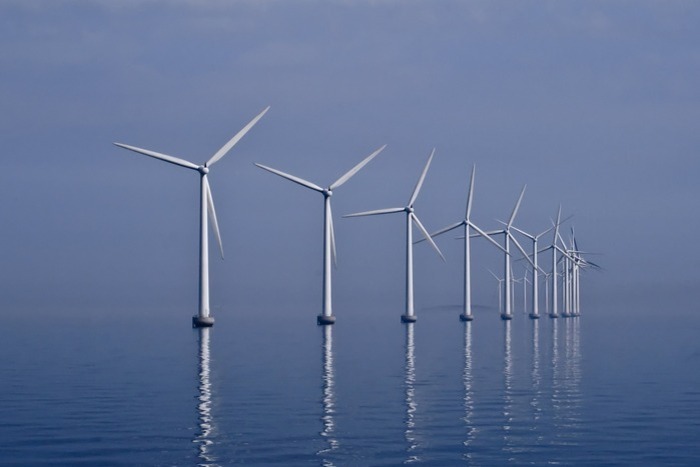Banks can double their current lending levels, releasing additional $1.2 trillion of net zero financing
The world needs to transition to net zero emissions. But what’s the estimated cost involved in that? Roughly $275 trillion investment in physical assets from 2021 to 2050, or approximately $9.2 trillion annually – a 30% increase from the current $5.7 trillion, cites a new report by King’s College, London.
Titled ‘Mobilising Finance for Net Zero Energy Systems’, the report lays down multiple overlooked opportunities in financing the net zero transition. They include fostering partnerships between government and banks, financial institutions, how Multilateral Development Banks (MDBs) should attract private sector funding, and developing global carbon markets, which integrate national emissions trading systems.
In fact, MDBs can have a distinctly bigger contribution. They could increase their lending to more than twice the current levels, which would release an additional $1.2 trillion of net zero financing. And this wouldn’t dampen their AAA ratings, the report found. Additionally, governments could also free up around £8.5 billion of new bank lending through every £1 billion they invest in loans to decarbonisation projects.
Banks can be harbingers of change
While syndicated banks are propping up fossil fuel lending, parallelly, banks are also working under existing regulations to partner with non-banking entities to minimise risks involved in lending, according to the report. Methods involve creating new investment fund platforms using private credit, as well as synthetic risk partners. This enables the risk to be transferred to financial third parties like investment funds. Thus, banks then have more funds to lend for net transition, argues the report.
It cites that in 2023, EU banks issued €102 billion in synthetic risk transfer securities, out of which 11% was for sustainability lending. According to the report, if a government invests £1 in the junior tranche of a pool of loans for decarbonisation projects, it would generate about £8.5 billion of increased bank lending capacity.
“Mobilising enough finance to achieve our net zero goals is a major challenge, but our research highlights the potential of three avenues that should become a focus for policy makers in the run up to COP29 and beyond,” says Professor David Aikman, Director of the Qatar Centre for Global Banking and Finance at King’s Business School, and one of the authors of the report.
Furthermore, the report argues that more than 85% of the required investment in low emission assets, around $170 trillion, will primarily flow into three industries – transport and mobility, power, and construction. But there’s a differentiation here: developed countries will focus more on decarbonising transport, while developing ones have to pull the reins on the fossil-intensive power industries.
Pulling carbon strings
In 2023, governments earned $74 billion through Emissions Trading Systems (ETS). Then, there are voluntary carbon markets that trade carbon credits, creating economic opportunities and pushing governments and corporations to invest in low carbon infrastructure and technologies. Now, these markets can be made more attractive by incorporating them in trade agreements – like linking the UK and EU ETSs as envisaged in the EU-UK Trade and Cooperation Agreement governing post-Brexit trade relations.
The report states that this is also a necessary condition for exempting UK exports from the EU’s Carbon Border Adjustment Mechanism.
“Partnerships between banks, investors, and regulators offer a critical opportunity to channel funds into low-carbon technologies by de-risking through regulated schemes. Multilateral Development Banks (MDBs) can amplify their impact by leveraging resources without straining government budgets, helping to establish sustainable infrastructure platforms in developing countries. Governments play a key role in integrating carbon markets through mechanisms like ETS and GGRs, enhancing transparency, and market efficiency, and sending a strong price signal for decarbonization,” adds Professor Raúl C. Rosales, Professor of Practice in Net Zero Asset Management at King’s College London, and the other author of the report.

